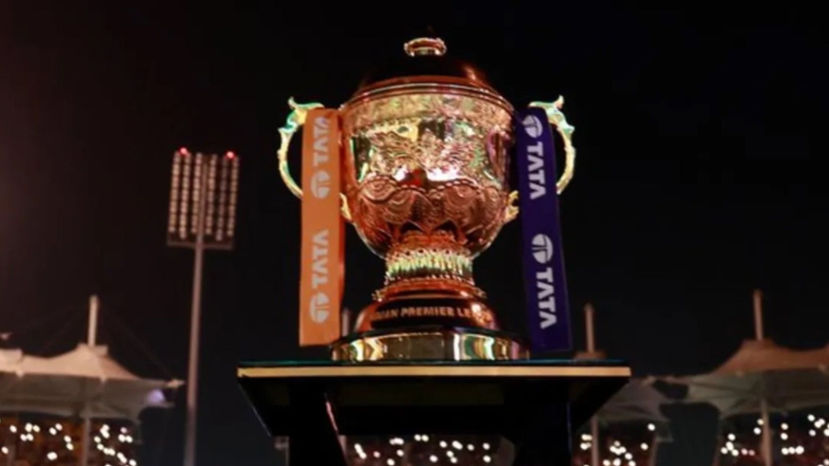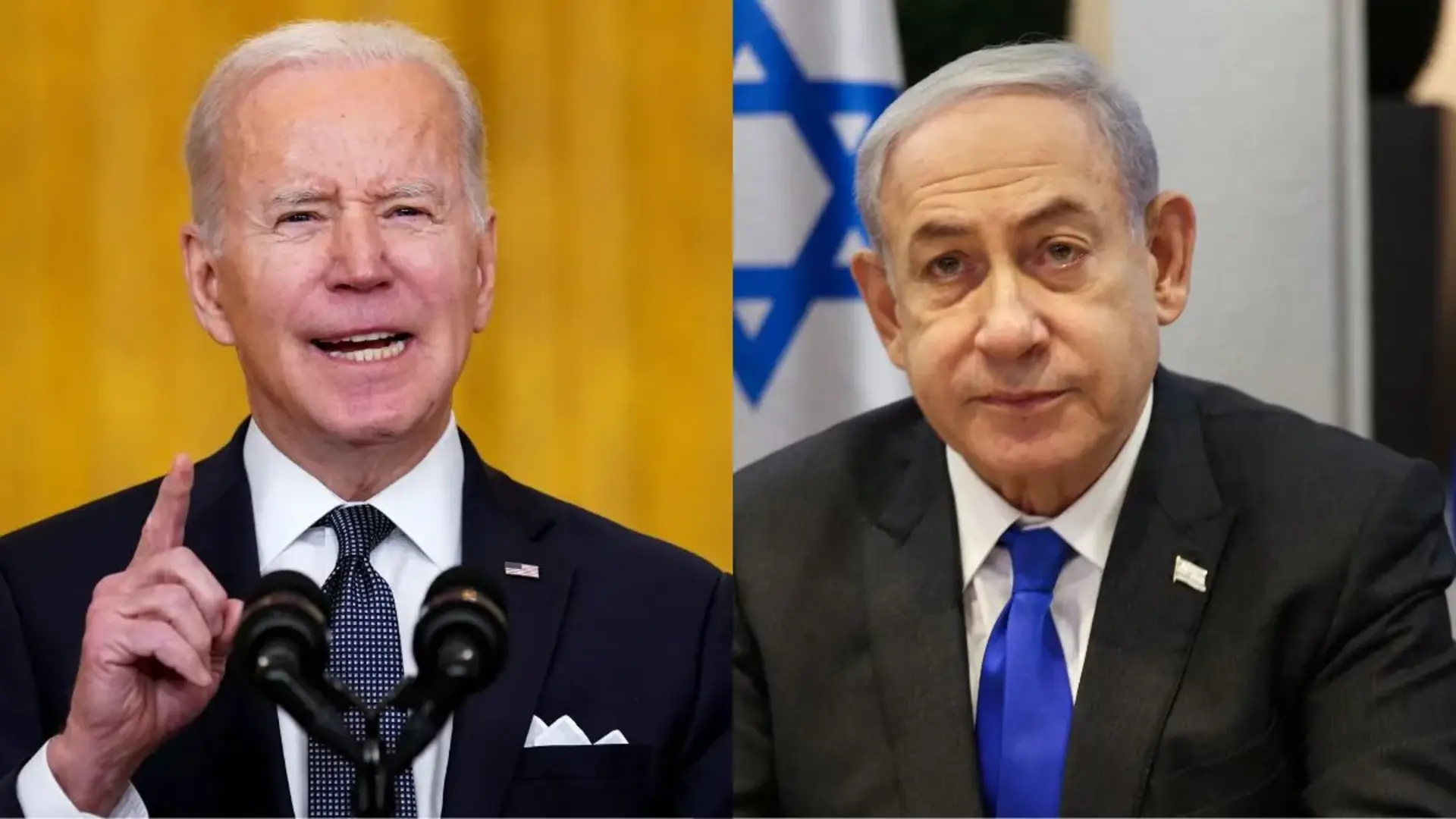
Have you ever considered the manufacturing cost of a one rupee coin in India? Interestingly, it costs INR 1.11 to produce a single coin, surpassing its face value. The government-minted one rupee coins are crafted from stainless steel and measure 21.93 millimeters in diameter, 1.45 millimeters in thickness, and weigh 3.76 grams. These coins have been in circulation since 1992, showcasing their long-standing presence in the Indian economy.
In a fun twist, Google has launched an ad campaign titled “Googlies on Google,” accompanied by the hashtag #DhoondogeTohJaanoge. This initiative encourages users to explore general knowledge through intriguing questions. When users search for the cost of a one rupee coin, they receive a delightful message: “Congrats! You’ve unlocked your first Googly!” This campaign not only informs but also engages users in a quest for knowledge in an entertaining way.















